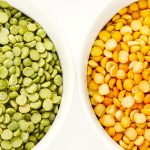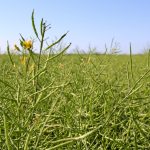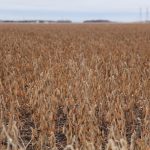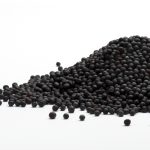Statistics Canada’s August model-based crop estimate came in at 9.4 million tonnes, up from the 2021 output of seven million tonnes and up marginally from the five-year average of 9.2 million tonnes. Supplies are sharply higher than last year but the domestic feed market has rallied nearly $60/tonne from the pre-harvest lows. What is going […] Read more














